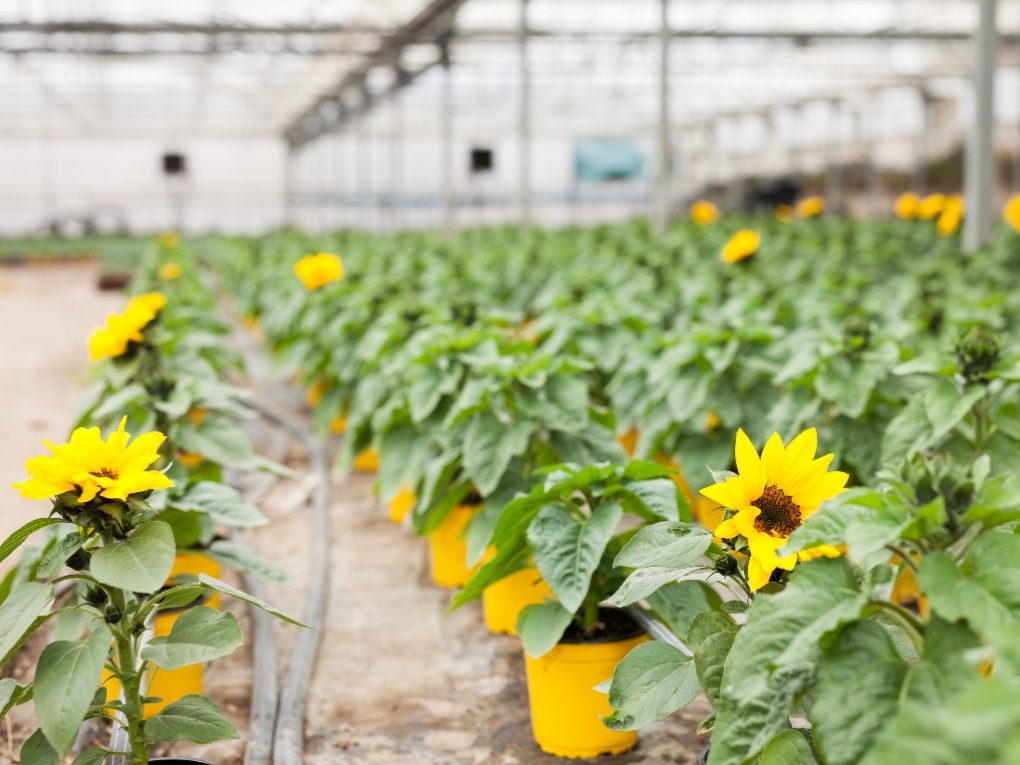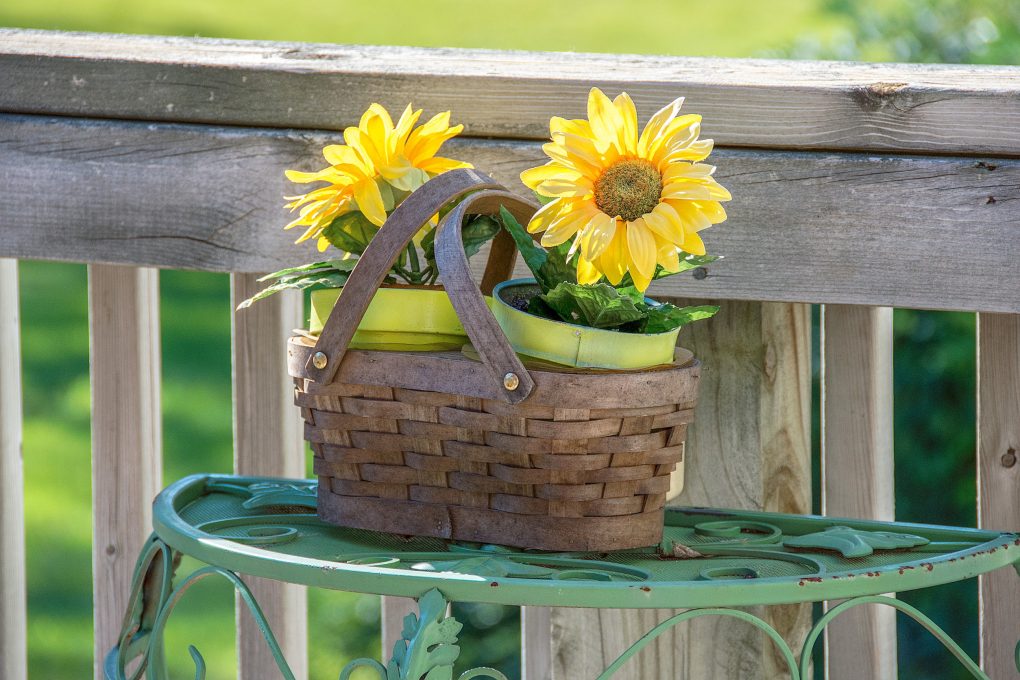Can Sunflowers Grow in Shade: Tips When Growing Sunflowers in Shade
Yes, while sunflowers can technically grow in shaded areas, they will generally not reach their full potential and may produce smaller, less vibrant flowers. Sunflowers are known for their ability to thrive in full sun, and they typically require at least 6 hours of direct sunlight each day to grow and develop properly. However, some sunflower varieties are more tolerant of shade and can grow in partially shaded areas.

Table of Contents
Effects of Planting Sunflowers in Shade
Reduced Growth
Reduced growth is one of the most common outcomes when sunflowers are planted in the shade. Sunflowers are known for their rapid growth rate, and they require ample sunlight to develop healthy and robust stems and leaves. When planted in the shade, the sunflowers will not receive enough sunlight to fuel their growth and development, resulting in smaller and less healthy plants.
The reduced growth may lead to thinner stems, fewer leaves, and shorter plant height. In addition, the reduced growth may also make the plant more susceptible to damage from environmental stressors such as wind and rain.
Low Seed Production
Low seed production is another possible outcome when sunflowers are planted in the shade. Sunflowers produce seeds when their flowers are pollinated, and pollination depends on various factors, including the availability of sunlight. When sunflowers are planted in the shade, they may produce fewer or smaller flowers that are less attractive to pollinators. This may result in reduced pollination, leading to lower seed production.
Additionally, sunflowers grown in the shade may have weaker stems and less developed roots, affecting their ability to produce seeds.
Delayed Maturity
Delayed maturity is another possible outcome when sunflowers are planted in the shade. Sunflowers require ample sunlight to complete their life cycle, from germination to maturity. Sunflowers may take longer to mature when planted in the shade than those grown in full sun. This is because the reduced sunlight may slow down the plant’s metabolic processes, including photosynthesis, which is critical for energy production and growth.
As a result, the sunflowers may require more time to develop their stems, leaves, and flowers, leading to delayed maturity. This delay in maturity may also affect the quality of the seeds produced by the plant, as they may need more time to develop and mature fully.
Poor Flower Development
Poor flower development is another possible outcome when sunflowers are planted in the shade. Sunflowers are known for their vibrant and large flowers, which are attractive to pollinators and play a vital role in the plant’s reproduction.
When planted in the shade, sunflowers may produce smaller, less colorful, and fewer flowers than those grown in full sun. The reduced sunlight may limit the plant’s ability to produce the energy required for flower development. The lack of sunlight may also affect the plant’s hormone balance, leading to stunted growth and poor flower development.
Increased Susceptibility to Pests and Diseases
Increased susceptibility to pests and diseases is another possible outcome when sunflowers are planted in the shade. For example, sunflowers grown in the shade may have weaker stems, thinner leaves, and less developed roots, making them more vulnerable to pests and diseases.
The reduced sunlight can also weaken the plant’s immune system, making it more susceptible to insect infestations and fungal infections. Additionally, the increased humidity in shady areas can create a conducive environment for fungal growth, further increasing disease risk.
Poor Visibility
Poor visibility is another possible outcome when sunflowers are planted in the shade. Sunflowers are often grown for their aesthetic appeal and ability to attract pollinators, and their large, vibrant flowers can serve as a focal point in a garden or landscape.
However, sunflowers may be less visible or noticeable when planted in the shade than those grown in full sun. This can be especially true in dense shade or areas with tall trees or buildings blocking the sun. Additionally, sunflowers grown in the shade may have a different upright posture than those grown in full sun, as they may lean or bend towards the light.
Tips for Growing Sunflowers in Shade
Understand Sunflower Light Requirements
Understanding sunflower light requirements is essential to growing healthy and productive sunflower plants. Sunflowers are sun-loving plants and require full sun exposure to thrive. Here are some key things to keep in mind when it comes to sunflower light requirements:

- Sunflowers need at least 6-8 hours of direct sunlight each day to grow properly, according to HGTV. This means they should be planted in a location that receives full sun exposure for most of the day.
- Sunflowers can grow in various soil types but prefer well-draining soil rich in organic matter.
- Sunflowers grow best in a soil pH range of 4.7 to 5.3.
- When planting sunflowers, choosing a location not shaded by trees, buildings, or other objects that could block the sun’s rays is best.
- While some sunflowers may tolerate partial shade, they will not grow or produce as well as sunflowers planted in full sun.
To maximize sunflower growth and productivity, it is important to provide adequate water and nutrients. This can be achieved through regular watering and fertilization and by amending the soil with compost or other organic matter.
Amend the Soil
- Test the soil: Before amending it, it is a good idea to test its pH level and nutrient content. This will help you determine the best way to amend the soil to meet the needs of your sunflowers.
- Add organic matter: Sunflowers benefit from soil rich in organic matter, such as compost, aged manure, or leaf mold. Add a layer of organic matter to the soil and mix it to a depth of at least 6 inches.
- Use a balanced fertilizer: Sunflowers require balanced nutrition, including nitrogen, phosphorus, and potassium. Choose a balanced fertilizer and apply it according to the manufacturer’s instructions.
- Improve drainage: Sunflowers do not grow well in soaked or poorly drained soil. Add sand or perlite to improve drainage if your soil is heavy or clay-like.
- Mulch the soil: Mulching the soil around the base of the sunflowers can help retain moisture and suppress weeds. Use a layer of organic mulch, such as straw or bark, and replenish it as needed.
Choose the Right Sunflower Variety
If you have limited space in your garden and want to try growing sunflowers in a partially shaded area, some sunflower varieties are more shade-tolerant than others. Here are some sunflower varieties that may be suitable for growing in partial shade:

- Velvet Queen: This sunflower variety produces dark red and orange flowers and can tolerate some shade.
- Lemon Queen: This sunflower variety produces pale yellow flowers and is more tolerant of shade than other sunflower varieties.
- Sungold Dwarf: This sunflower variety is a smaller sunflower that produces bright yellow flowers and is more tolerant of shade than other sunflower varieties.
- Soraya: This sunflower variety produces large, dark-centered flowers with bright yellow petals and can tolerate some shade.
Fertilize
Fertilizing sunflowers is important to ensure they have the proper nutrients to grow and develop properly. Sunflowers require a balanced fertilizer with nitrogen, phosphorus, and potassium. Here are some tips for fertilizing sunflowers:
- Apply a balanced fertilizer at planting: Mix a balanced fertilizer into the soil, following the manufacturer’s instructions. A typical ratio for a balanced fertilizer is 10-10-10.
- Side-dress with nitrogen: As the sunflowers grow, they will benefit from additional nitrogen. Side-dress the sunflowers with a high-nitrogen fertilizer, such as blood meal or fish emulsion, when they are about 1 foot tall.
- Use compost: Compost is an excellent source of organic matter and nutrients for sunflowers. You can add compost to the soil at planting or use it as a top dressing around the base of the plants.
- Monitor for nutrient deficiencies: If your sunflowers show signs of nutrient deficiencies, such as yellowing leaves or stunted growth, you may need to apply additional fertilizer. A soil test can help you determine which nutrients your sunflowers are lacking.
- Avoid over-fertilizing: Too much fertilizer can be harmful to sunflowers, causing them to produce excessive foliage and fewer flowers. Follow the manufacturer’s instructions for application rates and avoid applying fertilizer too close to the stem of the sunflowers.
